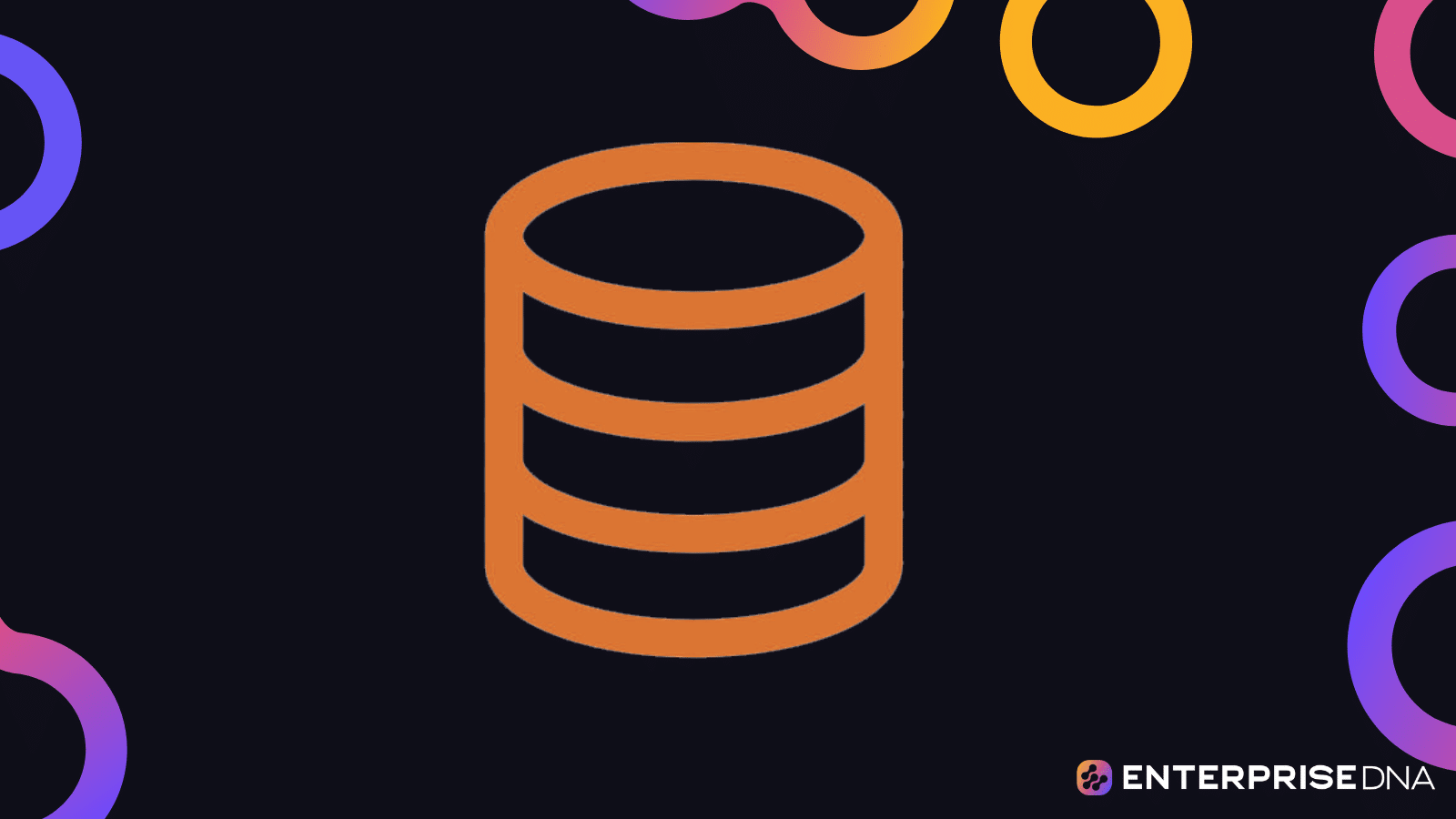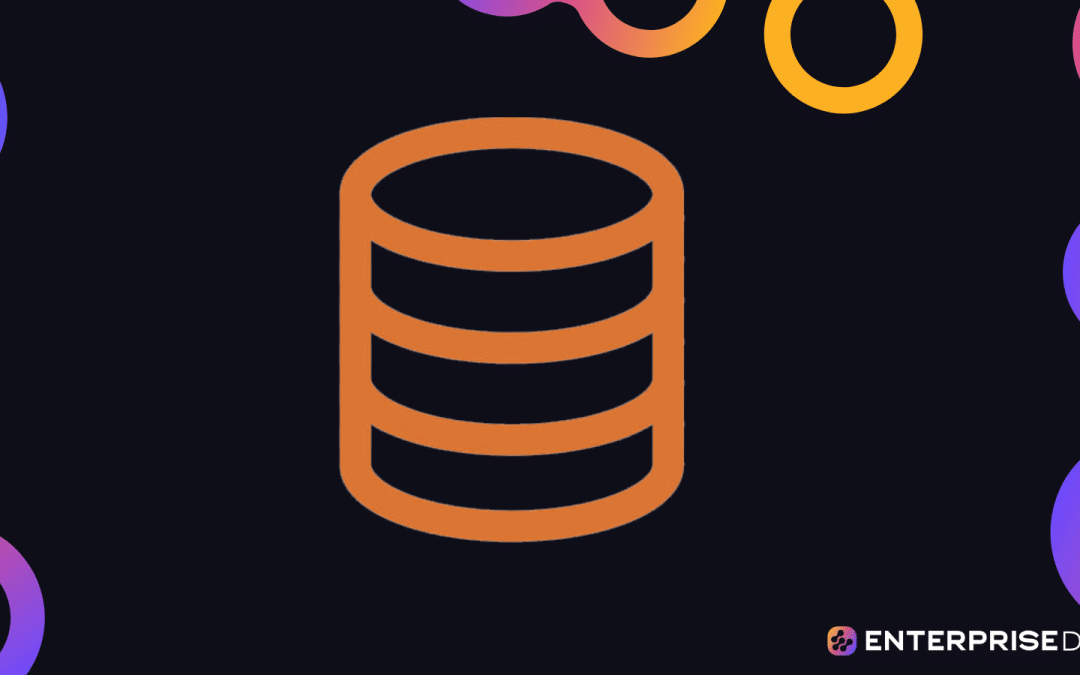Setting Up Your Environment for SQL-Based Data Aggregation
1. Install PostgreSQL
For Linux
sudo apt update
sudo apt install postgresql postgresql-contrib
For macOS using Homebrew
brew update
brew install postgresql
brew services start postgresql
Start PostgreSQL Service
sudo systemctl start postgresql
sudo systemctl enable postgresql
2. Install SQLite
For Linux
sudo apt update
sudo apt install sqlite3
For macOS using Homebrew
brew update
brew install sqlite
For Windows
- Download the precompiled binaries from the SQLite website.
- Extract the files to a directory of your choice.
- Add the directory to your
PATHenvironment variable.
3. Install MySQL
For Linux
sudo apt update
sudo apt install mysql-server
For macOS using Homebrew
brew update
brew install mysql
brew services start mysql
Start MySQL Service
sudo systemctl start mysql
sudo systemctl enable mysql
4. Set Up a Database
PostgreSQL
-- Connect to PostgreSQL
sudo -i -u postgres
psql
-- Create a new database
CREATE DATABASE mydatabase;
-- Connect to the new database
c mydatabase
-- Create a sample table
CREATE TABLE employees (
id SERIAL PRIMARY KEY,
name VARCHAR(100),
department VARCHAR(100),
salary NUMERIC
);
SQLite
# Create a database and a table using SQLite
sqlite3 mydatabase.db
# Inside SQLite prompt
CREATE TABLE employees (
id INTEGER PRIMARY KEY AUTOINCREMENT,
name TEXT NOT NULL,
department TEXT NOT NULL,
salary REAL
);
MySQL
-- Connect to MySQL
mysql -u root -p
-- Create a new database
CREATE DATABASE mydatabase;
-- Use the new database
USE mydatabase;
-- Create a sample table
CREATE TABLE employees (
id INT AUTO_INCREMENT PRIMARY KEY,
name VARCHAR(100),
department VARCHAR(100),
salary DECIMAL(10, 2)
);
5. Insert Sample Data
PostgreSQL
INSERT INTO employees (name, department, salary)
VALUES
('Alice', 'Engineering', 85000),
('Bob', 'Sales', 70000),
('Charlie', 'HR', 60000);
SQLite
INSERT INTO employees (name, department, salary)
VALUES
('Alice', 'Engineering', 85000),
('Bob', 'Sales', 70000),
('Charlie', 'HR', 60000);
MySQL
INSERT INTO employees (name, department, salary)
VALUES
('Alice', 'Engineering', 85000),
('Bob', 'Sales', 70000),
('Charlie', 'HR', 60000);
Your environment is now set up for PostgreSQL, SQLite, and MySQL. You have also created a sample database and an employees table with some sample data to start practicing data aggregation.
Basic Aggregation Functions in PostgreSQL, SQL, and SQLite
PostgreSQL
-- Total Number of items
SELECT COUNT(*) AS total_items FROM your_table;
-- Sum of a column
SELECT SUM(your_column) AS total_sum FROM your_table;
-- Average value of a column
SELECT AVG(your_column) AS average_value FROM your_table;
-- Maximum value of a column
SELECT MAX(your_column) AS max_value FROM your_table;
-- Minimum value of a column
SELECT MIN(your_column) AS min_value FROM your_table;
SQL (Standard SQL)
-- Total Number of items
SELECT COUNT(*) AS total_items FROM your_table;
-- Sum of a column
SELECT SUM(your_column) AS total_sum FROM your_table;
-- Average value of a column
SELECT AVG(your_column) AS average_value FROM your_table;
-- Maximum value of a column
SELECT MAX(your_column) AS max_value FROM your_table;
-- Minimum value of a column
SELECT MIN(your_column) AS min_value FROM your_table;
SQLite
-- Total Number of items
SELECT COUNT(*) AS total_items FROM your_table;
-- Sum of a column
SELECT SUM(your_column) AS total_sum FROM your_table;
-- Average value of a column
SELECT AVG(your_column) AS average_value FROM your_table;
-- Maximum value of a column
SELECT MAX(your_column) AS max_value FROM your_table;
-- Minimum value of a column
SELECT MIN(your_column) AS min_value FROM your_table;
Grouping and Aggregation
PostgreSQL
-- Group by a column and apply aggregation
SELECT your_group_column, COUNT(*) AS total_items, SUM(your_column) AS total_sum
FROM your_table
GROUP BY your_group_column;
SQL (Standard SQL)
-- Group by a column and apply aggregation
SELECT your_group_column, COUNT(*) AS total_items, SUM(your_column) AS total_sum
FROM your_table
GROUP BY your_group_column;
SQLite
-- Group by a column and apply aggregation
SELECT your_group_column, COUNT(*) AS total_items, SUM(your_column) AS total_sum
FROM your_table
GROUP BY your_group_column;
Make sure to replace your_table, your_column, and your_group_column with the actual names used in your database.
Practical Implementation: Grouping Data with GROUP BY
PostgreSQL, SQL, and SQLite
SQL Script
-- Grouping sales data by product and calculating total sales quantity
SELECT
product_id,
COUNT(*) AS sales_count,
SUM(quantity) AS total_quantity,
AVG(price) AS average_price
FROM
sales
GROUP BY
product_id;
Explanation
product_id: Column by which data is grouped.COUNT(*) AS sales_count: Count of sales entries per product.SUM(quantity) AS total_quantity: Sum of quantities sold per product.AVG(price) AS average_price: Average price per product.
Example Data for Implementation
-- Example sales table structure
CREATE TABLE sales (
sale_id SERIAL PRIMARY KEY,
product_id INTEGER,
quantity INTEGER,
price NUMERIC
);
-- Inserting sample data
INSERT INTO sales (product_id, quantity, price) VALUES
(1, 3, 10.00),
(2, 5, 15.00),
(1, 7, 10.00),
(3, 10, 20.00),
(2, 1, 15.50);
Running the Query
-- Executing the query
SELECT
product_id,
COUNT(*) AS sales_count,
SUM(quantity) AS total_quantity,
AVG(price) AS average_price
FROM
sales
GROUP BY
product_id;
Expected Result
product_id | sales_count | total_quantity | average_price
-----------|-------------|----------------|--------------
1 | 2 | 10 | 10.00
2 | 2 | 6 | 15.25
3 | 1 | 10 | 20.00
Use this snippet directly in your SQL environment (PostgreSQL, SQL, or SQLite) to group and aggregate your sales data effectively.
-- Filtering aggregated data using the HAVING clause in PostgreSQL, SQL, and SQLite.
-- Example Table: sales (id, product_id, quantity, price)
-- PostgreSQL Sample Implementation:
SELECT product_id, SUM(quantity) as total_quantity
FROM sales
GROUP BY product_id
HAVING SUM(quantity) > 100;
-- SQL Sample Implementation:
SELECT product_id, SUM(quantity) as total_quantity
FROM sales
GROUP BY product_id
HAVING SUM(quantity) > 100;
-- SQLite Sample Implementation:
SELECT product_id, SUM(quantity) as total_quantity
FROM sales
GROUP BY product_id
HAVING SUM(quantity) > 100;
This implementation allows you to filter the aggregated SUM(quantity) to only include products where the total quantity sold is greater than 100. Apply these snippets to your respective SQL environment.
Advanced Aggregation Techniques
PostgreSQL
Aggregating with Filter Clause
SELECT
department,
COUNT(*) FILTER (WHERE status = 'completed') AS completed_tasks,
COUNT(*) FILTER (WHERE status = 'pending') AS pending_tasks
FROM
tasks
GROUP BY
department;
Window Functions
SELECT
department,
employee_id,
SUM(salary) OVER (PARTITION BY department) AS total_department_salary,
AVG(salary) OVER (PARTITION BY department) AS avg_department_salary
FROM
employees;
SQL (ANSI SQL)
Aggregating with CASE Statements
SELECT
department,
COUNT(CASE WHEN status = 'completed' THEN 1 END) AS completed_tasks,
COUNT(CASE WHEN status = 'pending' THEN 1 END) AS pending_tasks
FROM
tasks
GROUP BY
department;
Aggregating Multiple Columns
SELECT
department,
SUM(sales) AS total_sales,
AVG(sales) AS avg_sales,
MAX(sales) AS max_sales
FROM
sales_data
GROUP BY
department;
SQLite
Aggregating with Subqueries
SELECT
d.department,
d.total_count,
c.completed_count,
d.total_count - c.completed_count AS pending_count
FROM
(SELECT department, COUNT(*) AS total_count FROM tasks GROUP BY department) d
LEFT JOIN
(SELECT department, COUNT(*) AS completed_count FROM tasks WHERE status = 'completed' GROUP BY department) c
ON d.department = c.department;
Using Common Table Expression (CTE)
WITH SalesCTE AS (
SELECT
department,
SUM(sales) as total_sales
FROM
sales_data
GROUP BY
department
)
SELECT
s.department,
s.total_sales,
AVG(sales) OVER (PARTITION BY s.department) AS avg_sales
FROM
SalesCTE s;
These advanced SQL queries are designed for practical implementation across PostgreSQL, SQL standards, and SQLite environments. They demonstrate filtering within aggregates, window functions, complex aggregation, and the application of common table expressions (CTEs).
#6: Performance Optimization for Aggregation Queries
PostgreSQL
-- Use Indexes to speed up grouping and filtering
CREATE INDEX idx_sales_order_date ON sales(order_date);
-- Optimize with MATERIALIZED VIEW
CREATE MATERIALIZED VIEW mv_sales_summary AS
SELECT
product_id,
SUM(quantity) AS total_quantity,
AVG(price) AS avg_price
FROM sales
GROUP BY product_id;
-- Use the materialized view in your aggregation queries
SELECT
product_id,
total_quantity,
avg_price
FROM mv_sales_summary
WHERE total_quantity > 100;
SQL (Generic SQL-Compatible Engines)
-- Use Indexes if supported by your SQL database
CREATE INDEX idx_sales_order_date ON sales(order_date);
-- Use TEMPORARY TABLE for repeated aggregation queries during a session
CREATE TEMPORARY TABLE temp_sales_summary AS
SELECT
product_id,
SUM(quantity) AS total_quantity,
AVG(price) AS avg_price
FROM sales
GROUP BY product_id;
-- Use the temporary table in your aggregation queries
SELECT
product_id,
total_quantity,
avg_price
FROM temp_sales_summary
WHERE total_quantity > 100;
SQLite
-- SQLite automatically creates indexes on PRIMARY KEYs
-- Optimize by creating indexes manually where suitable
CREATE INDEX idx_sales_order_date ON sales(order_date);
-- Optimize with INDEXED VIEW (SQLite does not support materialized views)
CREATE INDEX idx_optimized_sales_view ON sales(product_id);
-- Use this index in your aggregation queries
SELECT
product_id,
SUM(quantity) AS total_quantity,
AVG(price) AS avg_price
FROM sales
USE INDEX(idx_optimized_sales_view) -- Forced index usage
GROUP BY product_id
HAVING total_quantity > 100;
Note: Ensure that the changes are consistently applied across your database schema and that your indexes are updated as needed based on changes in your data and schema.





